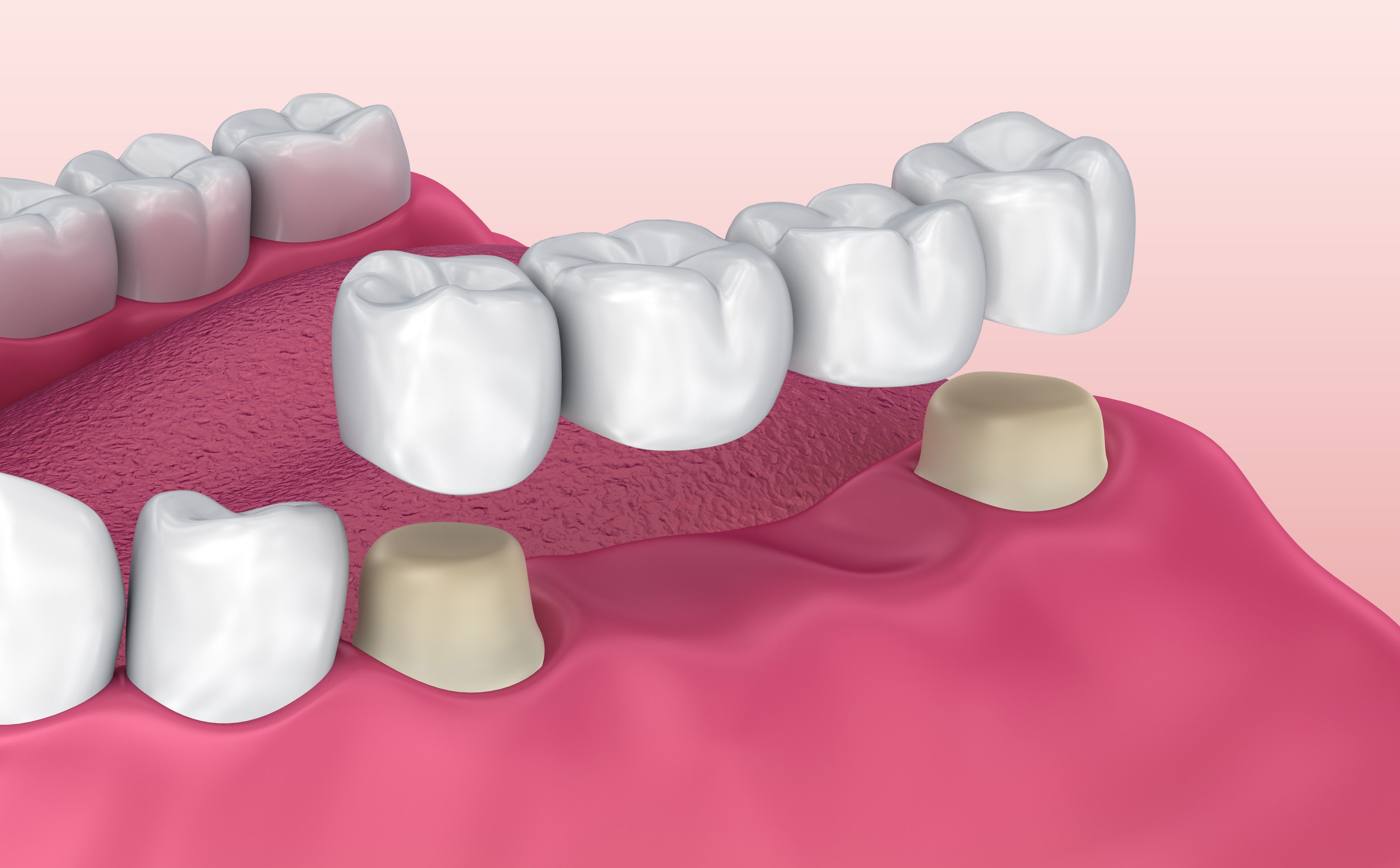Dental Bridge Aftercare
 At Gooch Family Dental in Birmingham, AL, we offer a wide range of restorative dentistry treatments, including dental bridges.
At Gooch Family Dental in Birmingham, AL, we offer a wide range of restorative dentistry treatments, including dental bridges.
Dental bridges are used to replace a single missing tooth or a span of two or three missing teeth. They are effective, but it is important to be well-informed on all aspects of the procedure, including post-treatment guidelines.
Here is a list of dental bridge aftercare tips to keep your restoration looking and feeling great for years to come.
What Is a Dental Bridge?
Bridges offer an aesthetic and permanent solution for patients who have lost one or more consecutive teeth.
During your procedure, a dentist will place dental crowns on the two teeth on either side of the gap left by the missing teeth. These are used as support for the artificial teeth.
In addition to leaving gaps in your smile, the loss of one or more teeth can lead to:
- Higher risks for gingivitis and advanced periodontal disease
- TMD or chronic migraines or jaw pain
- Eroded enamel
- Malocclusion (or misalignment of your top and bottom jaw)
At your first appointment, a temporary bridge will be placed until the final, porcelain bridge can be made by a dental lab technician. The temporary bridge should only be needed for a couple weeks, but it is important to read over care instructions, as this bridge will be less stable than the permanent one.
What Should I Do to Care for My Temporary Bridge?
Here are some tips to ensure that your temporary bridge lasts until your permanent bridge can be placed by a member of our team:
- Right after the procedure, be aware of the effects of anesthetic. Take care not to bite your tongue or cheeks while feeling is dulled.
- Avoid chewy, crunchy, or sticky foods, such as gum, chewy candies, nuts, beef jerky, crusty breads, or dried fruits.
- If the temporary crown becomes loose or dislodged, call our practice. Try to keep the temporary crown in place as much as possible to prevent sensitivity.
- Maintain your regular brushing schedule, but use extra care when flossing; pull the floss out from between the teeth at the side, rather than pulling up.
What Should I Do to Care for My Custom Bridge?
Once your final porcelain bridge is placed, you can treat it more like your natural teeth due to its strength and stability. Here are a few things to keep in mind after your procedure:
- You may experience some temperature sensitivity as your teeth adjust to the new restorations. Use a sensitive-formula toothpaste to help reduce symptoms.
- Make sure your bite is comfortable and not too high on the bridge. If it feels off, schedule an appointment and we can adjust the shape of your new bridge to help you bite and chew as comfortably as possible.
- Regularly brush and floss around the bridge, especially near the gum line where harmful oral bacteria can damage your teeth beneath the crowns.
- If eating something could damage a natural tooth, it can damage a bridge, too. Take care to avoid hard, crunchy, and sticky foods as much as possible. Don’t chew ice; the cold temperatures and hard surface can be enough to crack even the strongest dental porcelain.
Contact Our Office
Your satisfaction with your dental bridge treatment is important to us. If you have questions or concerns, or would like to schedule an appointment or bi-annual cleaning, give us a call at (205) 545-8001.


